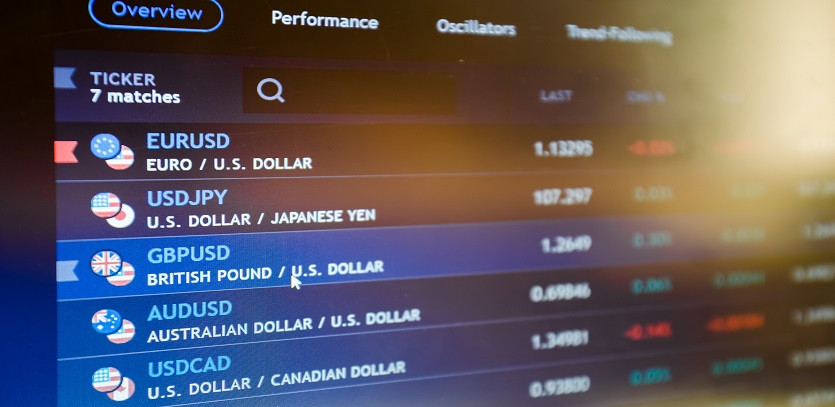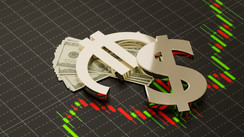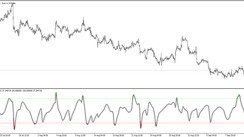A Glimpse into Currency Trading
Currency trading, frequently referred to as Forex or FX trading, constitutes buying and selling currencies to potentially gain profit. This marketplace is the globe's most extensive and liquid financial platform, with daily transactions amounting to trillions of dollars. While currency trading can provide profitable opportunities, it also carries inherent risks. Hence, it's crucial to understand the multitude of factors that can impact a currency's value before diving in.
Picking the Perfect Currency Pair
When determining which currency pair to trade, several critical factors should be taken into account. These factors encompass:
Volatility: Volatility denotes the degree of variation in a currency pair's price. Pairs with higher volatility can lead to greater profits, yet they also come with increased potential for loss.
Liquidity: Liquidity refers to the ease of buying and selling a particular currency pair. Pairs with higher liquidity are more straightforward to trade and usually have tighter spreads.
Correlation: Correlation defines how two currency pairs move in relation to each other. Highly correlated pairs generally move in sync, while negatively correlated pairs tend to move in opposite directions.
Popular Currency Pairs for Trade
Here are the most commonly traded currency pairs:
EUR/USD: This pair represents the exchange rate between the euro and the U.S. dollar and is the most traded globally.
GBP/USD: This pair indicates the exchange rate between the British pound and the U.S. dollar.
USD/JPY: This pair signifies the exchange rate between the U.S. dollar and the Japanese yen.
AUD/USD: This pair denotes the exchange rate between the Australian dollar and the U.S. dollar.
NZD/USD: This pair portrays the exchange rate between the New Zealand dollar and the U.S. dollar.
High-Profit Potential Currency Pairs
The most profitable currency pairs can fluctuate depending on market conditions. However, some pairs have proven to be highly profitable in recent years, such as:
EUR/USD: Profits from this pair have been driven by strong economic growth in the Eurozone contrasted with weaker growth in the U.S.
GBP/USD: The GBP/USD pair has been profitable due to robust economic growth in the UK against slower growth in the U.S.
USD/JPY: This pair's profitability stems from the low-interest rates in Japan compared to higher rates in the U.S.
Strategies and Influencing Factors
Several strategies and considerations can aid in successful trading:
Technical analysis: This involves studying historical price charts and other data to identify patterns that might indicate future price movements.
Fundamental analysis: This strategy entails evaluating economic data, company financial reports, and other factors to determine a currency's value.
Carry trade: This strategy involves borrowing a low-interest-rate currency to invest in a higher-interest-rate currency, using the interest rate differential to generate profits.
Trend following: This strategy suggests buying the currency during an uptrend and selling during a downtrend.
When deciding on a trading strategy, consider your risk tolerance and investment objectives. Different strategies come with varying risk levels, and some are more suited to short-term or long-term trading.
Can Currency Trading Guarantee Profits?
While currency trading can potentially yield profits, there are no guarantees. However, with careful planning, understanding of the market dynamics, and application of a solid trading strategy, you can improve your chances of profitable trades.
Wrapping Up
Currency trading presents potential profit-making opportunities, yet it is accompanied by significant risk. It's paramount to grasp these risks before commencing your trading journey. If you're new to currency trading, start by understanding the basics and developing a solid trading strategy. Consider practicing on a demo account before engaging in real-money trading.





